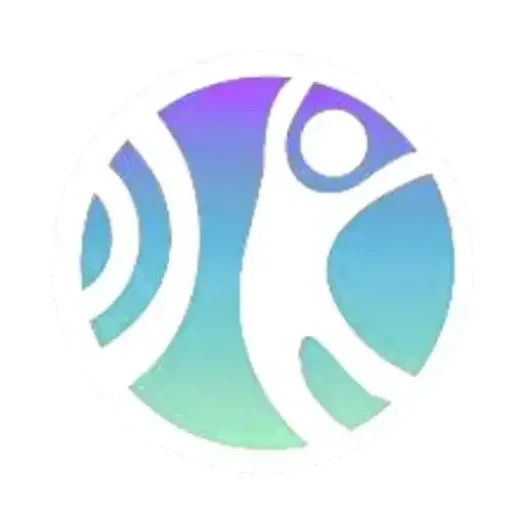
Disc problems refer to issues with the discs in the spine, which sit between the vertebrae (bones of the spine) to provide shock absorption and allow movement. Think of a balloon between two boards: the balloon molds and changes shape as the boards move on either side, much like how a disc functions. Each disc has a tough outer layer and a soft, jelly-like inner area.
Types of Disc Problems
Disc issues can vary in severity, including:
- Disc bulge: Imagine stretching part of a balloon, causing it to push out in one area. This is similar to a bulging disc.
- Disc rupture/herniation: When the outer fibers of the disc tear, allowing the jelly-like inner area to ooze out.
Causes of Disc Problems
Common causes include:
- Long-term strain: Poor posture over time can weaken the disc.
- Sudden pressure: Movements like heavy lifting, coughing, or sneezing can put increased pressure on the disc, leading to injury.
Symptoms of Disc Problems
Disc problems can cause a variety of symptoms, depending on the disc’s location:
- Back pain
- Neck pain
- Pain radiating into the arms or legs
- Muscle weakness
- Numbness or tingling
Interestingly, some disc problems may not cause any symptoms at all.
Osteopathy for Sciatica
Sciatica refers to symptoms caused by irritation of the sciatic nerve, the largest nerve in the body. The sciatic nerve is formed by nerves exiting the spine in the lower back and travels deep through the buttock and down the leg. The nerve may be irritated by:
- A damaged disc
- Bony growths on the spine
- Tight muscles
- Direct trauma
- Pregnancy
Symptoms of Sciatica
Sciatica symptoms can range from mild to incapacitating, including:
- Pain
- Numbness
- Pins and needles
- Muscle weakness
How Osteopaths Treat Disc-Related Issues and Sciatica
Your osteopath will take a full history and conduct orthopaedic and neurological tests to identify the cause of your symptoms.
Treatment for disc-related issues, including sciatica, focuses on reducing strain on the damaged disc. This may involve:
- Releasing muscle tension
- Ensuring nearby joints function freely
- Improving circulation and drainage to promote healing
If other tissues are contributing to the sciatica, your osteopath will address these as well.
Movement and Recovery
Movement is crucial during recovery. Staying still for too long can actually slow the healing process. Your osteopath may recommend exercises and stretches to help you recover and get back to your normal activities sooner.
Preventing Recurrence
Once you’ve recovered from the acute phase, massage therapy may help prevent the recurrence of sciatica and disc problems.
Osteopathy offers a comprehensive approach to managing disc problems and sciatica. By addressing the root causes and promoting movement during recovery, osteopaths can help you regain function and prevent future issues.
